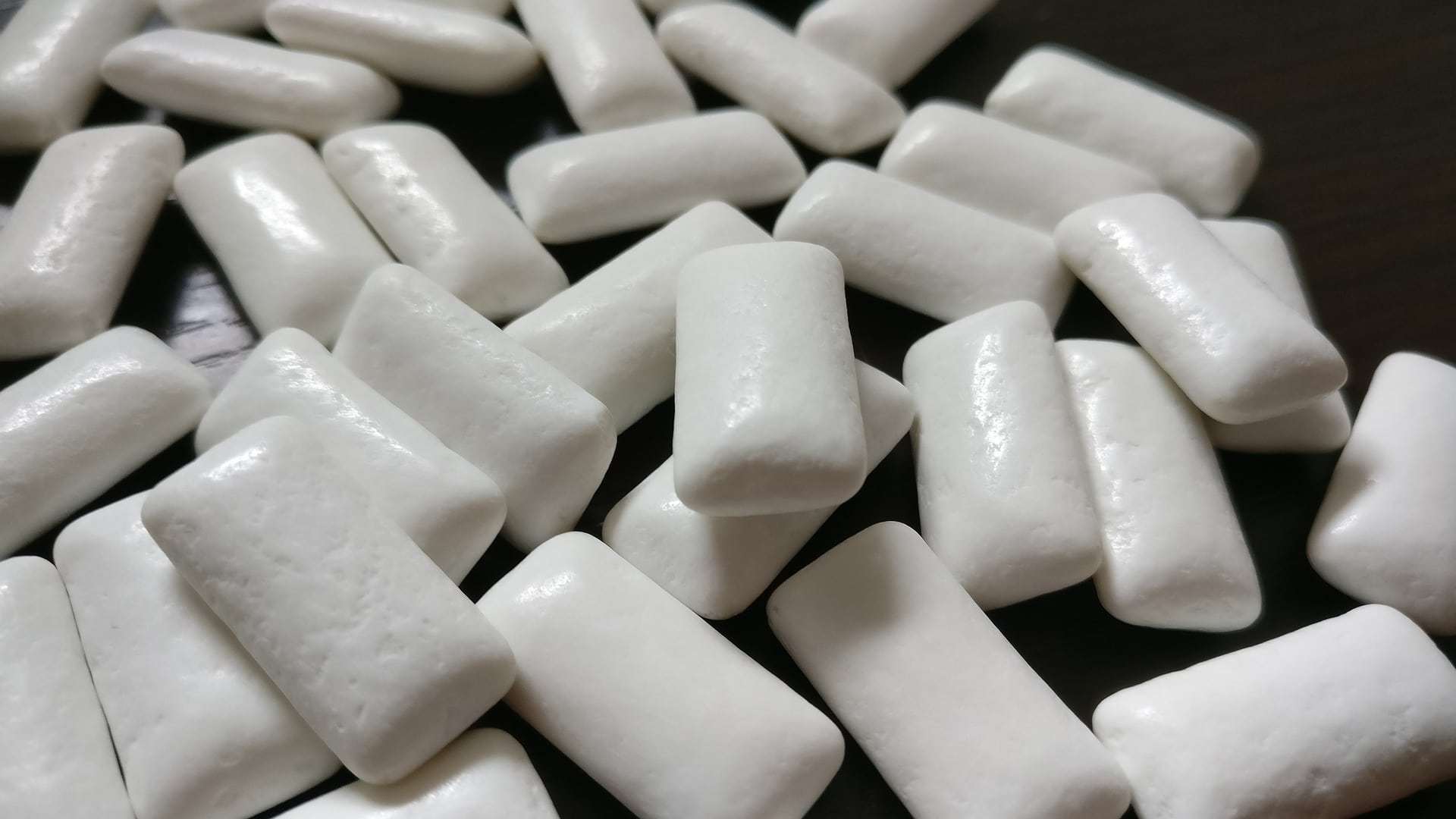Gum lovers, pay attention. Chewing gum includes a hidden element that may cause you to reconsider purchasing the chewing product.

Well, we all love chewing gum right?
A soft, cohesive material called chewing gum is made to be chewed without being swallowed. Gum base, sweeteners, softeners/plasticizers, flavors, colors, and, usually, a hard or powdery polyol coating make up modern chewing gum.
The physical-chemical qualities of its polymer, plasticizer, and resin components, which contribute to its elastic-plastic, sticky, and chewy characteristics, give it a texture that is similar to rubber.

Since chewing gum is a cultural custom that has appeared in many ancient cultures, it appears to have evolved through a process of convergence.
Each early predecessor of chewing gum came from locally grown natural plants, and chewing them was solely motivated by the urge to masticate.
Early chewers occasionally sought flavor stimulation, teeth cleansing, or breath-freshening benefits from their chewable items rather than necessary nutritional benefits.
Yep, it’s not vegan
You may have heard from grownups that there were many concerns about chewing gum, particularly while you were growing up.
The idea that swallowing chewing gum will cause your heart to encircle and stop beating is a pure hoax, but it undoubtedly terrified many of us as children.
Another idea was that chewing gum would remain in your stomach for seven years before it was broken down.
Although gum cannot be digested, it passes through the digestive system relatively undamaged and is eventually expelled in stools.
Large quantities of gum mixed with constipation have, on rare occasions, caused children’s intestines to become clogged.
Therefore, it should go without saying that chewing gum frequently is not advised.
What makes chewing gum, however, is something that has undoubtedly received less attention than other aspects of the product.

The Sun claims that chewing gum manufacturers are not actually obligated to list all of the ingredients that go into their creation.
And many people are offended by this single element, which they had no idea was in chewing gum.
The component we’re discussing is lanolin, which gives gum its most crucial quality—chewiness.
People have been surprised to learn that lanolin, a waxy substance found in the sebaceous glands of sheep skin, is a natural substance.
Sheep’s wool is waterproof because of the chewing gum component, which is also present in other goods.
Cosmetics, infant goods, and sunscreen are a few examples of items that use lanolin.
In a September tweet, the Raise Your Brain Twitter account discussed the use of lanolin in chewing gum.
Your favorite chewing gum probably includes lanolin, a waxy substance from sheep’s wool, they claimed.
Because it is not yet standardized, lanolin, which is frequently used to make the gum’s base, does not need to be disclosed on the box.
The bottom line is that unless it is clearly marked as vegan on the container, gum could not be vegan.
The making of chewing gum was documented on TikTok by @Amazing proce, providing a detailed look at the process.


